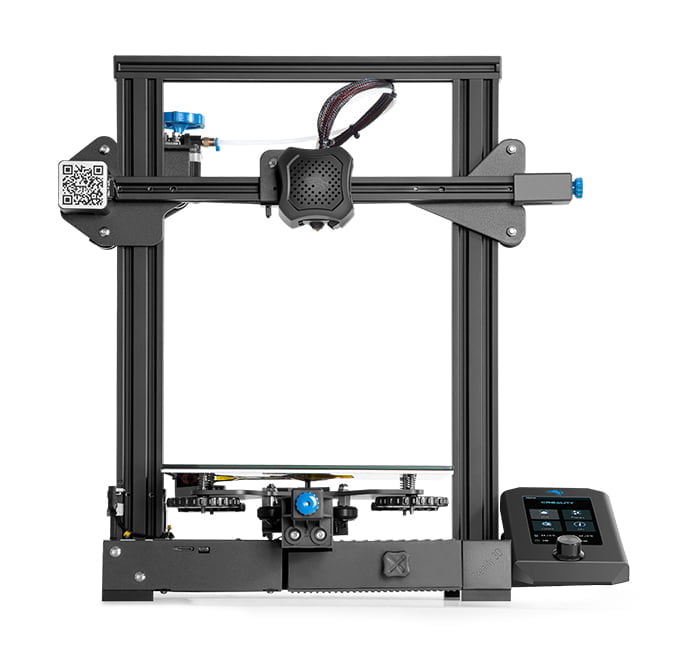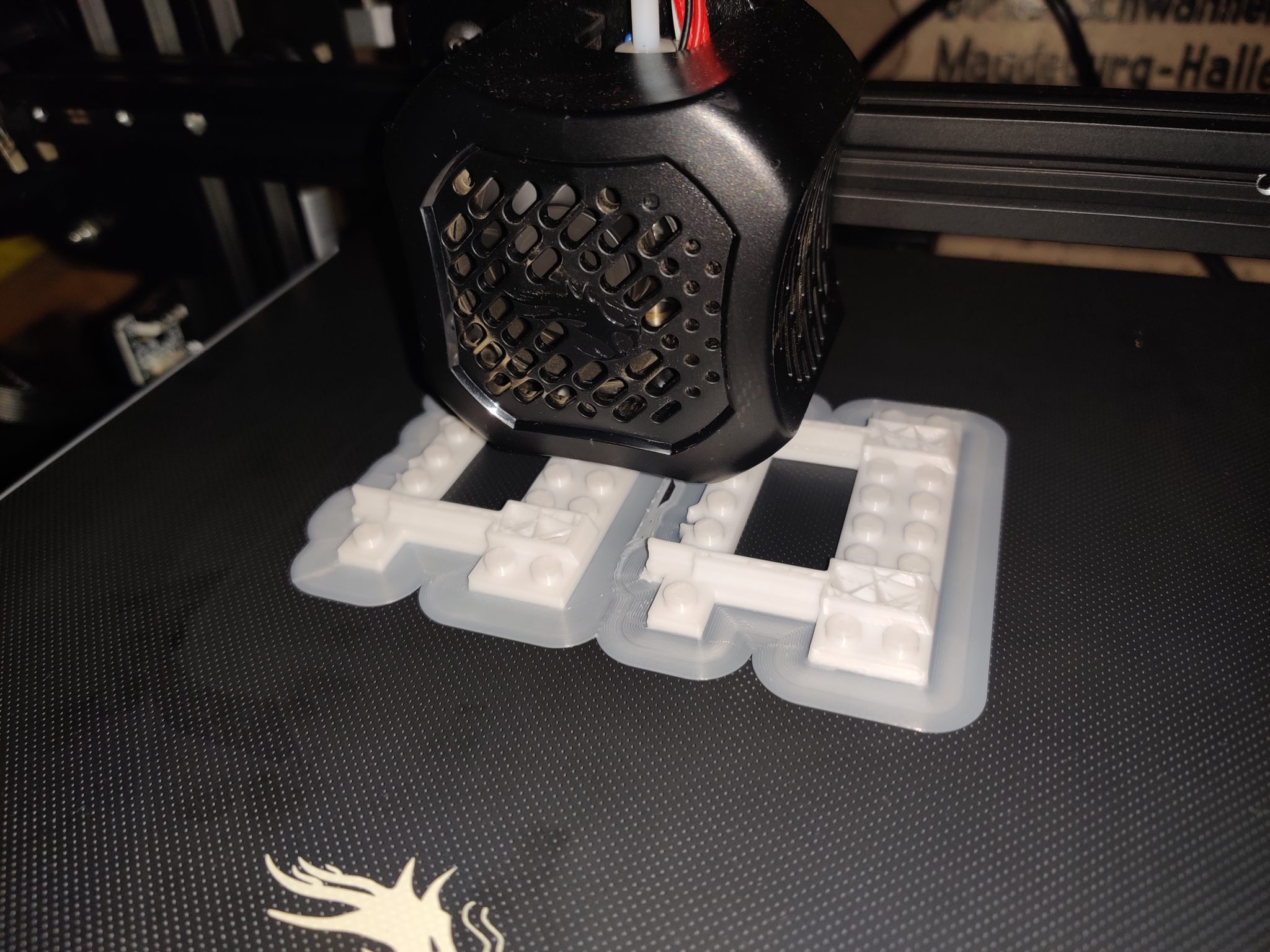

In 3D printing, print speed determines how fast your print is completed, and by extension, the final quality of your print. PETG Bed Temperature: 70 degrees C Print Speed Once the print is done and the glass cools again, it contracts, making the print much, much easier to remove.

As the glass is heated, it expands, and the print is laid down on the expanded surface. If you’re using a glass print bed, heating and cooling does something really interesting. You could also get away with 50 degrees, but I would not go higher than 60 as it is overkill. Large parts tend to lift off the bed surface, so using a heated bed will help prevent that.Ħ0 degrees is a good hot bed temperature to have for printing PLA on the Ender 3. While you can print PLA without a heated bed, using a heated bed does not do any harm and in fact, helps the print stick better. Bed temperature is essential for good first layers and overall adhesion of your 3D prints to your print bed. PETG hot end temperature: 220 degrees C Bed Temperature While you could push the nozzle to get hotter than that, the PTFE in the Bowden tube will begin to degrade. The Ender 3 does not have an all-metal hot end, which means it can’t handle temperatures higher than 230 degrees C. You don’t want to print too cold, as it will prevent the filament from flowing easily, and you don’t want to print too hot, as that can lead to oozy, over-extruded 3D prints. You can even get away with printing as low as 190 degrees or as high as 205 degrees, but this middle ground tends to work best right out of the box with a wide variety of filaments. The hot end temperature is the most basic setting you need to adjust, as it determines how the plastic filament will melt and flow.Įvery filament has a range of temperatures that it melts at, and you can usually find this temperature written on the label of the filament spool.įor PLA, 195 degrees C is a good place to start. To access some of the settings we’ve listed above, you’ll have to click the little gear menu in the print settings and enable them. Once you do this, the default settings will be loaded. Select Crealit圓D from the list of manufacturers, and select the Ender 3. With Cura open, if you go into Settings > Printer > Manage Printers, you’ll be able to choose the Ender 3 default profile.
#ULTIMAKER CURA CREALITY ENDER 3 V2 HOW TO#
Via GIPHY How to access the default Ender 3 Cura Settings


 0 kommentar(er)
0 kommentar(er)
